Swipes, Stake, and Startup Scars: What Seven Years in the Dating App Trenches Taught Me
Let’s start with a fun fact: There are more than 20,000 dating apps in the world — dead, alive, ghosting, or zombified. That’s more than the number of McDonald’s restaurants globally. If love were a product, we’ve gone all in on trying to package and sell it.
And yet, despite this massive buffet of dating apps, the global dating industry pulled in just $5.4 billion in 2024. That’s… fine. Until you realise Meta (yes, Facebook’s parent company) made over $120 billion this year doing something not too different: connecting people.
So, what’s the deal? Why do apps like Instagram and Facebook dominate, while dating apps are stuck in revenue purgatory, swiping their way through financial frustration?
We’ve spent the last seven years of our life asking exactly that question. And while we’ve come across a hundred plausible-sounding problems, they mostly fall into what we call derivative issues. Beneath the surface, there are only four foundational problems that really matter — the four big beasts that every dating platform must face if it ever hopes to move from “meh” to “mega.”
So, buckle up, dear reader. Here’s the truth behind the swipe curtain.
- The Business Model Bermuda Triangle
Let’s talk money.
Dating apps have three typical business models: freemium, subscription-only, and ad-driven.
- The freemium model lets people use the app for free, hoping some will pay for upgrades. This works only if the paying users (bless them) can carry the load of the freeloaders. But if too many hop aboard the free train and too few are buying tickets — well, the ride’s over.
- The subscription-only model can keep the lights and servers running, but it hits a ceiling. It’s hard to scale because asking everyone to pay is like trying to sell bottled air.
- Then there’s ad-based revenue — works great if you’re Facebook. But ad revenue struggles to take off for dating apps, where screen time is short and usage fleeting.
Bottom line: none of these models can consistently scale unless someone cracks a smarter monetisation formula. And no, adding “AI compatibility tests” as a paid feature won’t cut it.
- The Match Pool Mess
Next up: matchmaking. Not the cute, romantic kind. The algorithmic kind.
Most dating apps today — think Tinder and Bumble — offer what I call the shopping mall model. Endless aisles of potential matches, all gliding by with the flick of a finger. Sounds liberating? It’s not. It’s decision paralysis on digital steroids. More choice often equals more confusion, not more romance.
What we need is a sociological model, like the one in small towns of old times. You know, where your options were filtered, vetted, and contextual. Aunties did the matching, but hey, it worked.
The problem is: users say they want the shopping mall, but later crave the curated list. They want both. Infinite choice and thoughtful filtering. Balancing these contradictory expectations? That’s the second big beast. And whoever tames it, wins the market.
- The Elusive “Commitment Filter”
Dating apps are great at helping people connect. But commitment? That’s where things fall apart.
We need something I call a commitment filter — a system that rewards serious intentions and filters out the flaky. Imagine a modern version of the “courtship period,” governed by trust signals, time investments, social reputations, and even economic stakes.
This isn’t about being old-school. It’s about building meaningful dating structures in a world that’s grown suspicious of long-term anything. If someone nails this — a tech-driven version of slow love in a fast world — they won’t just win the dating market. They’ll bridge into the matrimony space too.
And yes, doing this in today’s commitment-phobic culture is as hard as it sounds.
- Building a Real-World (IRL) Community
Swipe fatigue is real. Loneliness is real. People are craving offline connection, not just pixels and pings.
But most dating apps have no real-world moat. They’re castles in the cloud — ephemeral and transactional. What we need is community build-up — real meetups, trusted circles, maybe even mutual friends vouching for each other.
The catch? Fiat-based platforms don’t offer the right incentives. There’s no shared stake. No deeper engagement.
This is where tokenisation enters the chat. A tokenised environment could align incentives in radical new ways. Community participants get rewarded. Real value flows. And a sense of ownership emerges. But for this to work, it has to be:
- Zero pre-mined (fair tokenomics)
- Scale-ready
- And paired with the right product design, all-in-one, seamless, and intuitive.
Here is the dating app that has this all: www.dropd.me.
So, Where Do We Come In?
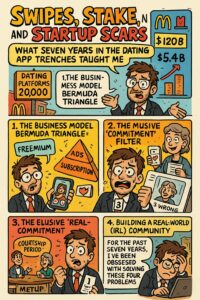
dating-apps-in-india
W’ve been obsessed with solving these four problems. Not just in theory — in real life.
For the past seven years, we’ve built, scrapped, rebuilt, and fine-tuned what we believe could be a breakthrough dating solution. One that balances these massive trade-offs without falling into the traps that swallowed so many others.
And for the last ten months, we’ve been testing the prototype with over 10,000 users. The results are promising, but we’re still ironing out the final kinks. Because getting this right means more than just app installs or media buzz — it means creating something sustainable, honest, and genuinely useful in people’s lives.
Final Swipe
In short, building a dating app is easy. Building one that works — economically, emotionally, and ethically — is damn hard.
But hard doesn’t mean impossible.
Sometimes, all it takes is love, patience… and seven years of head-scratching, spreadsheet-wrangling, and late-night code sprints.
Wish me luck. Or better yet — stay tuned.
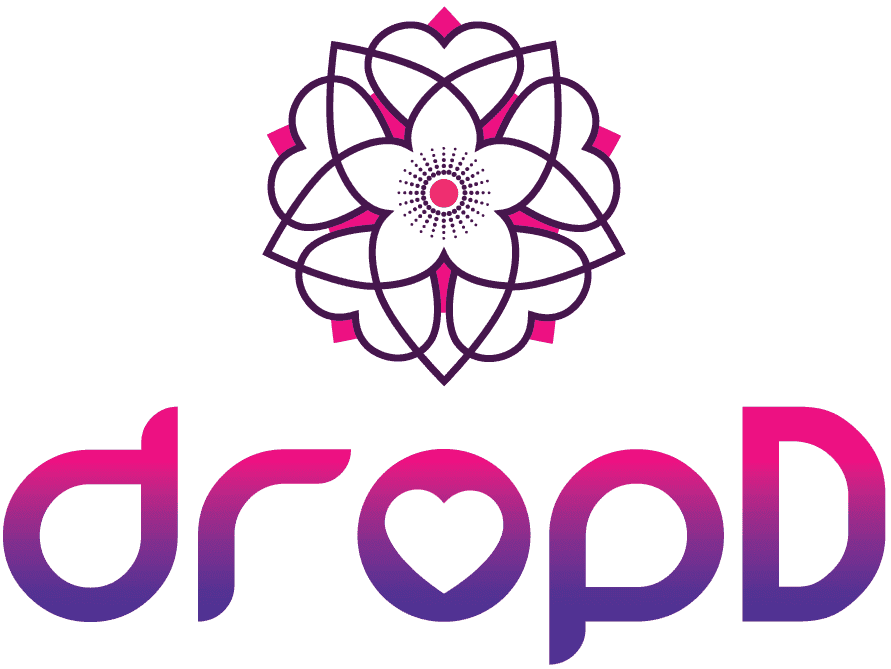
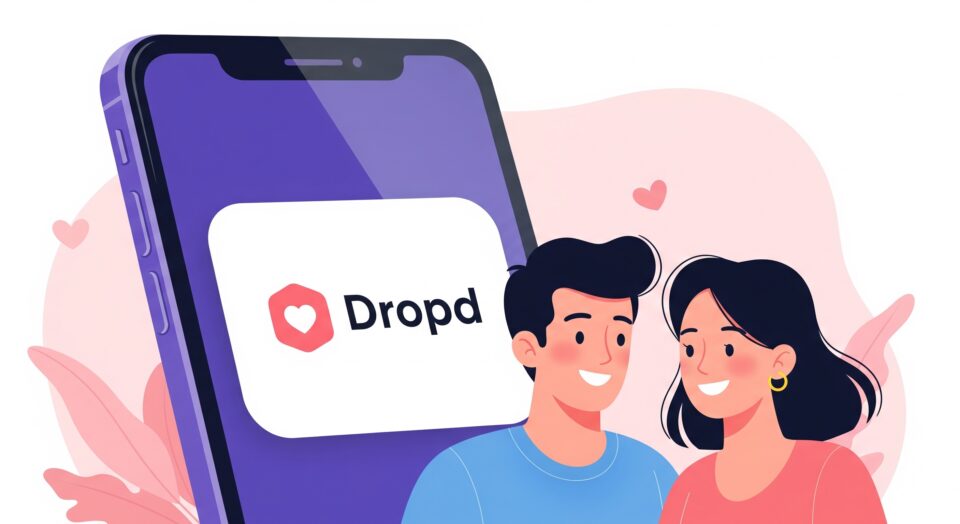
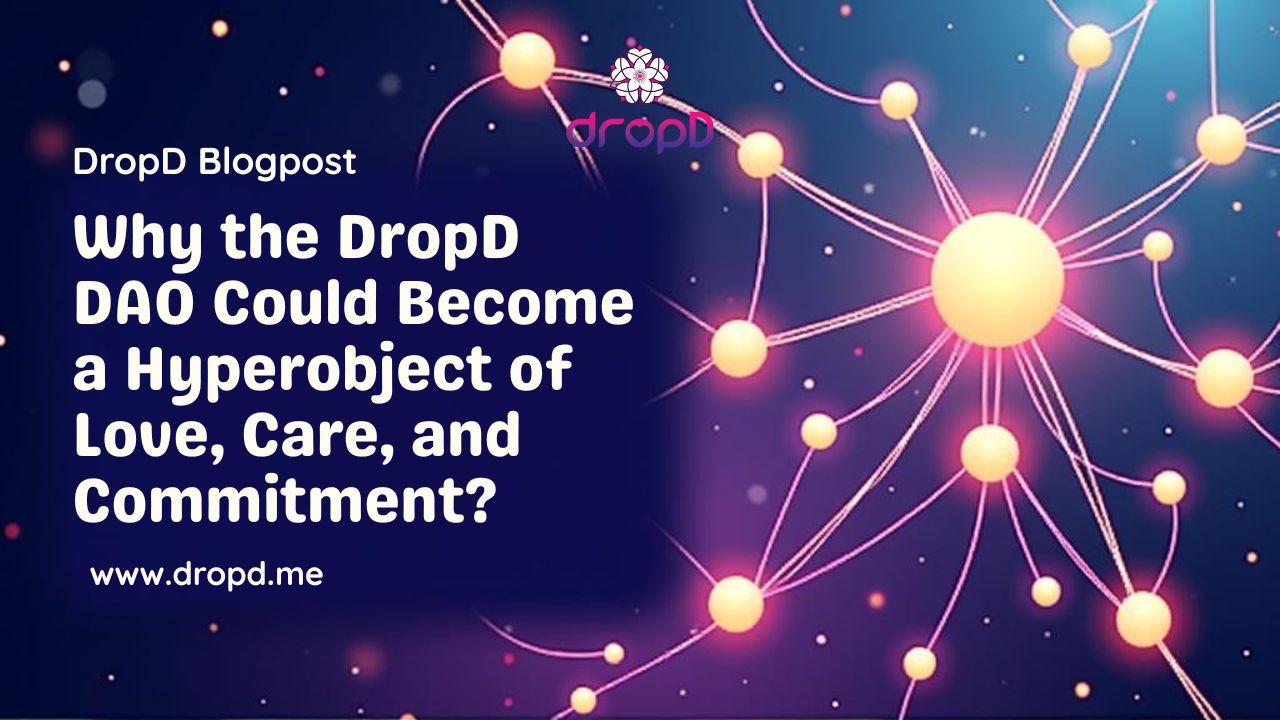
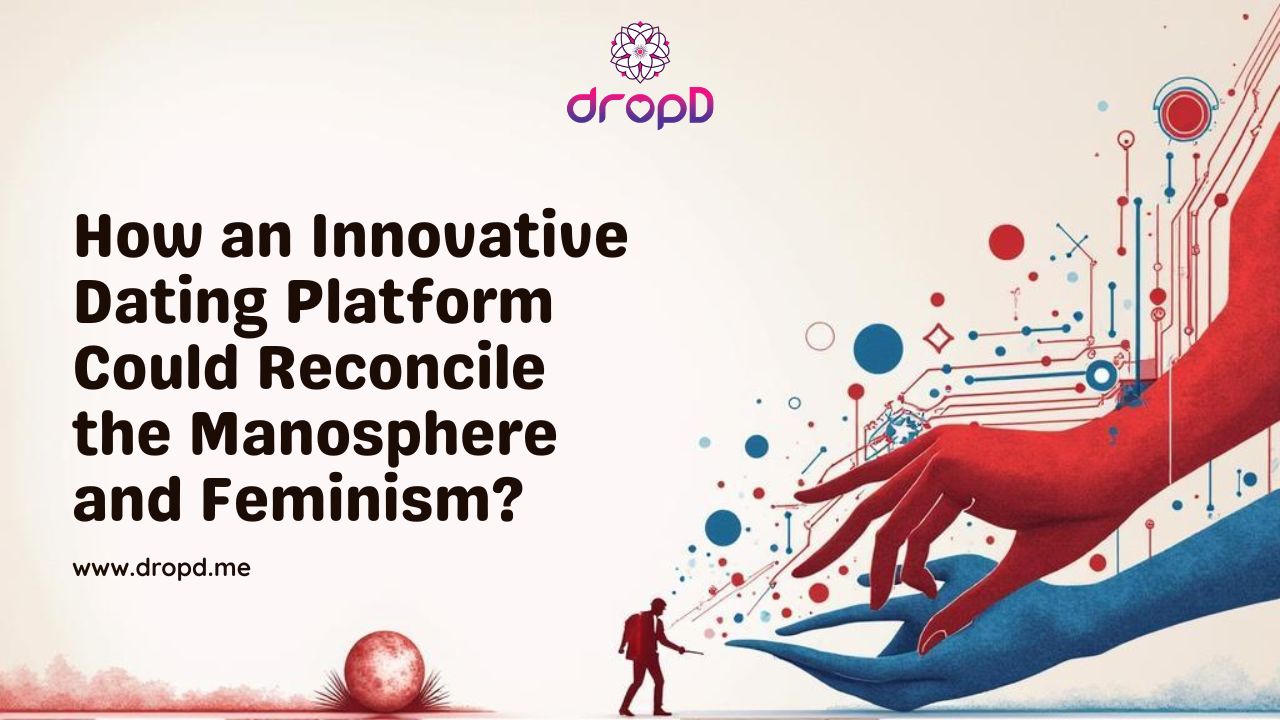
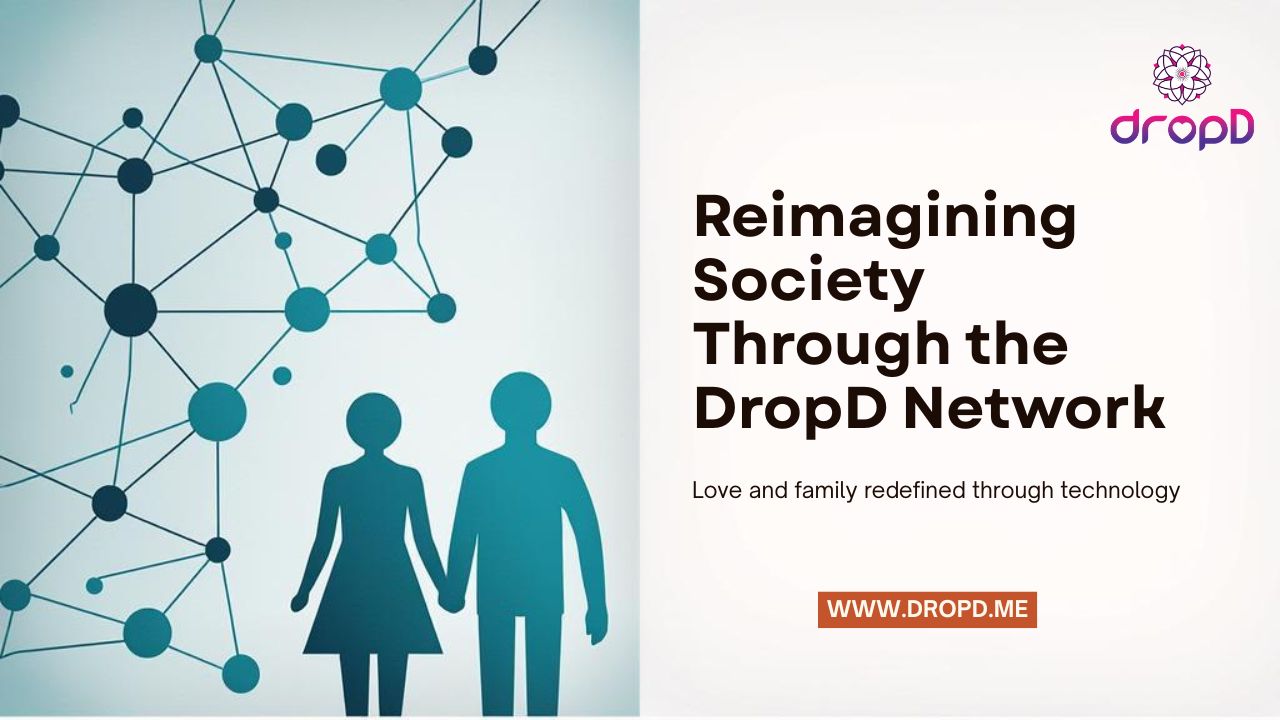
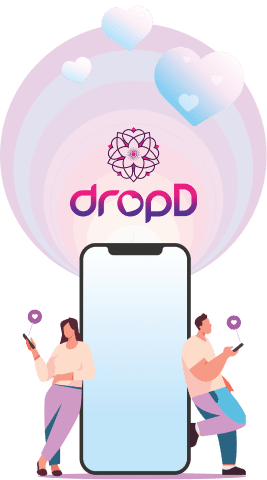
Leave A Comment